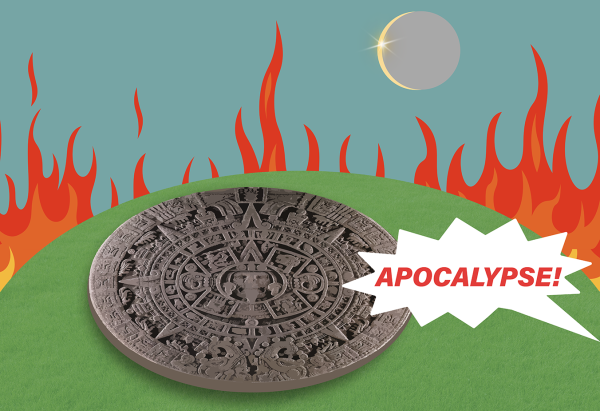Triggered: The need for warnings on the big screen
February 21, 2023
Get ready. What is about to be exposed can alter your psychological state.
You — who always give yourself body and soul to a parallel world of big screens — need to be taken care of.
This is a warning: get ready, self-analyze.
When I stop to watch a movie, I know from that moment after the brief parental advisory flashes across the screen with a rating of the film, I’ll be in a world that doesn’t belong to me.
I also know that many of the topics covered in the film can directly affect my real life — a life full of trauma.
Embarking on a new reality is one of the most common traits among humans. Watching a movie is a delivery game. You feel the tension, the relief, the love and even the tears on your skin.
You are not just a passive and cold observer. You are the extension of a narrative that touches and stirs you.
Cinematographic production has the power to give life to scenes that are not limited to the fantasy field.
Drama and horror films have a strong tendency to bring a strong sense of reality in scenes dealing with sexual abuse, abusive relationships and illicit drug abuse, among other themes of extreme relevance but also extreme pain for victims or those impacted in any way.
Since cinema serves as an artistic and social platform to convey reality in a tangible and graphic way, many viewers can feel in a state of complete panic if not warned in advance about the topics shown in a movie.
A trigger is often a term related to post-traumatic stress disorder (PTSD).
The correlation between this term and this disorder is based on the symptom of reliving traumatic moments: remembering what hurt you, like a ghost chasing the protagonist about to fall into the cellar of her own mind.
Due to the intense impact that cinematic narratives can have on their consumers, trigger warnings must be a priority. This demonstrates a public service that is aware of the viewer’s inner world.
However, the film industry does not always present its social awareness. The 2022 film “Smile” is an example of this.
With its typical narrative of psychological terror, the production is based on a struggle for survival after a shocking suicide scene.
Psychiatrist Rose, after seeing her patient kill herself in front of her, is now chased by creatures with dark smiles. Her past traumas are also her main antagonist.
Despite its good evaluation in its directing and editing aspects, especially in its jump scare scenes, the film did not present a trigger warning to its audience.
We all know that psychological horror films are productions that seek to bring disturbance in a calculated way.
But we also know a film that presents scenes of suicide from beginning to end is a potential trigger in the body and mind of many people in its audience.
Movies aren’t the only form of media that triggers viewers. The HBO series “Euphoria” illustrates this.
Targeting teenagers and young adults, Euphoria’s narrative presents warnings at the beginning of each episode, such as “depictions of drug abuse, very strong language, some strong violence, scenes of a sexual nature and strong images of nudity from the start”.
It is interesting to understand that the warning, like the one above, is a call for self-analysis and a check in with oneself. It is also important to not watch something if you feel like you could be deeply triggered by it.
Since film productions have the power of the delivery game, do you risk putting your sanity on the line too?
It is more than urgent that trigger warnings are a priority, not only as an ethical attitude but as a social public service. And it is also important to hold yourself accountable and not simply watch something because everyone else is — protect your mind.



















































































































































